Design methods and tools applied regularly along the design thinking cycle.
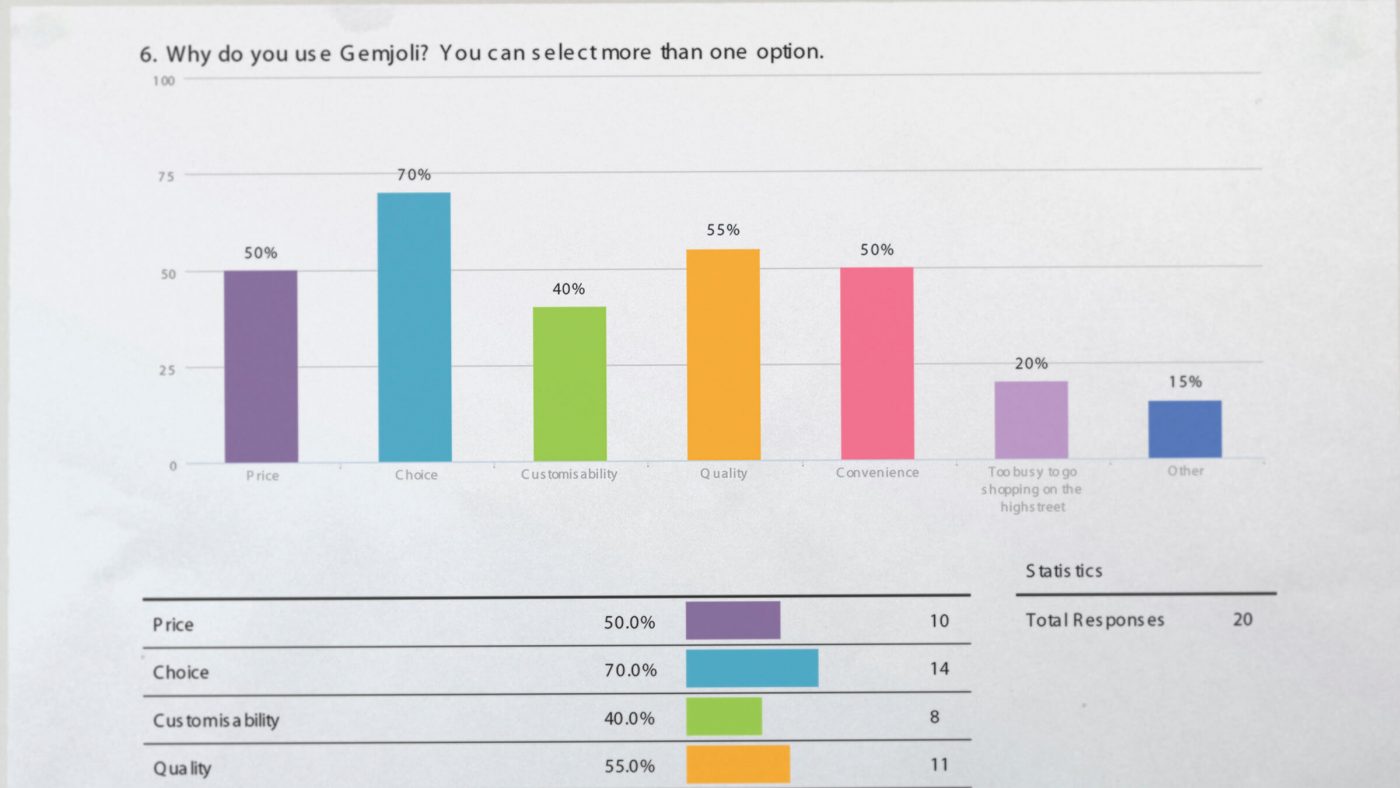
Research
Data from experiments, surveys, interviews and other sources provides the basis for analysis and analytics.

Personas and archetypes
Fictional user types help when defining user groups and segments and keeping track of their requirements.
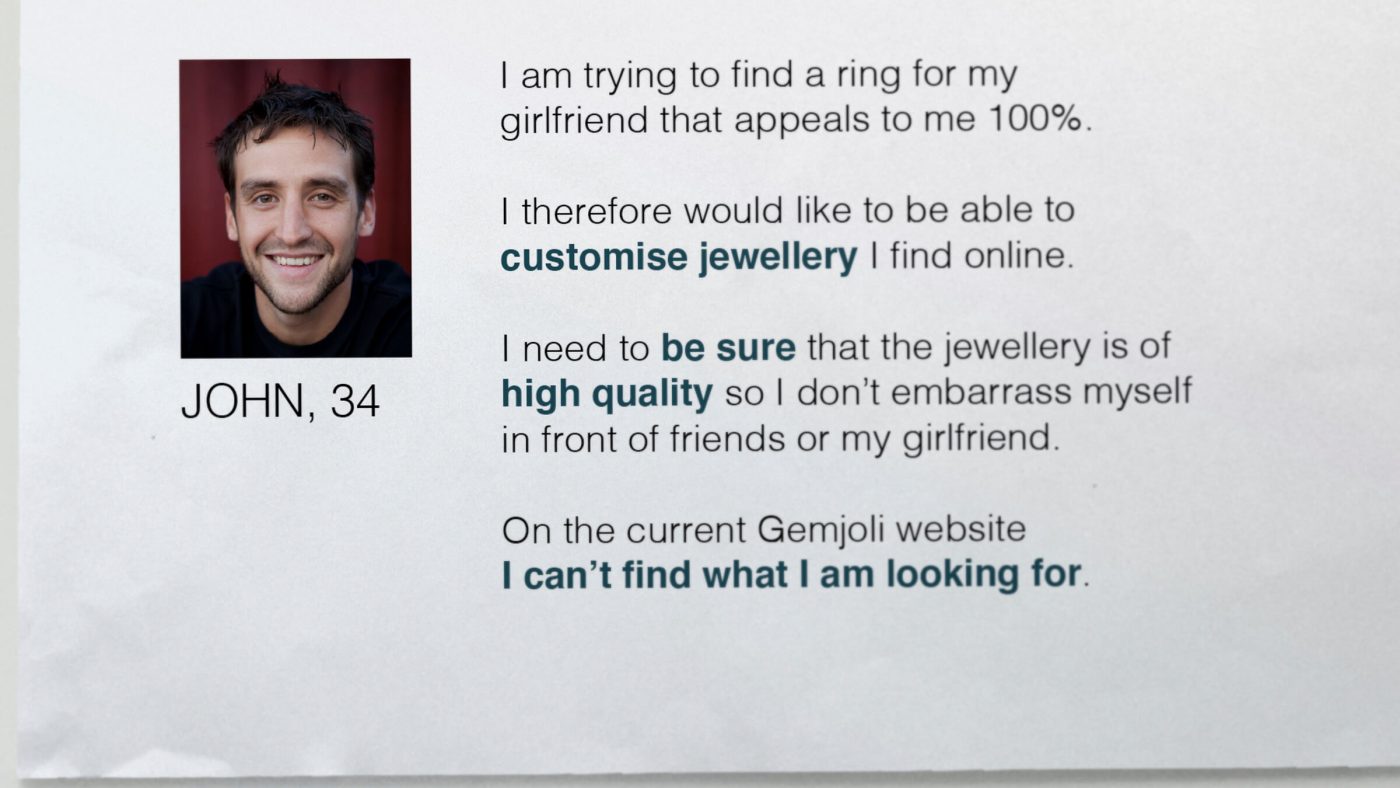
Empathy and journey mapping
To better understand users’ behaviours, reveal their pain points and needs and find opportunities for improvement.
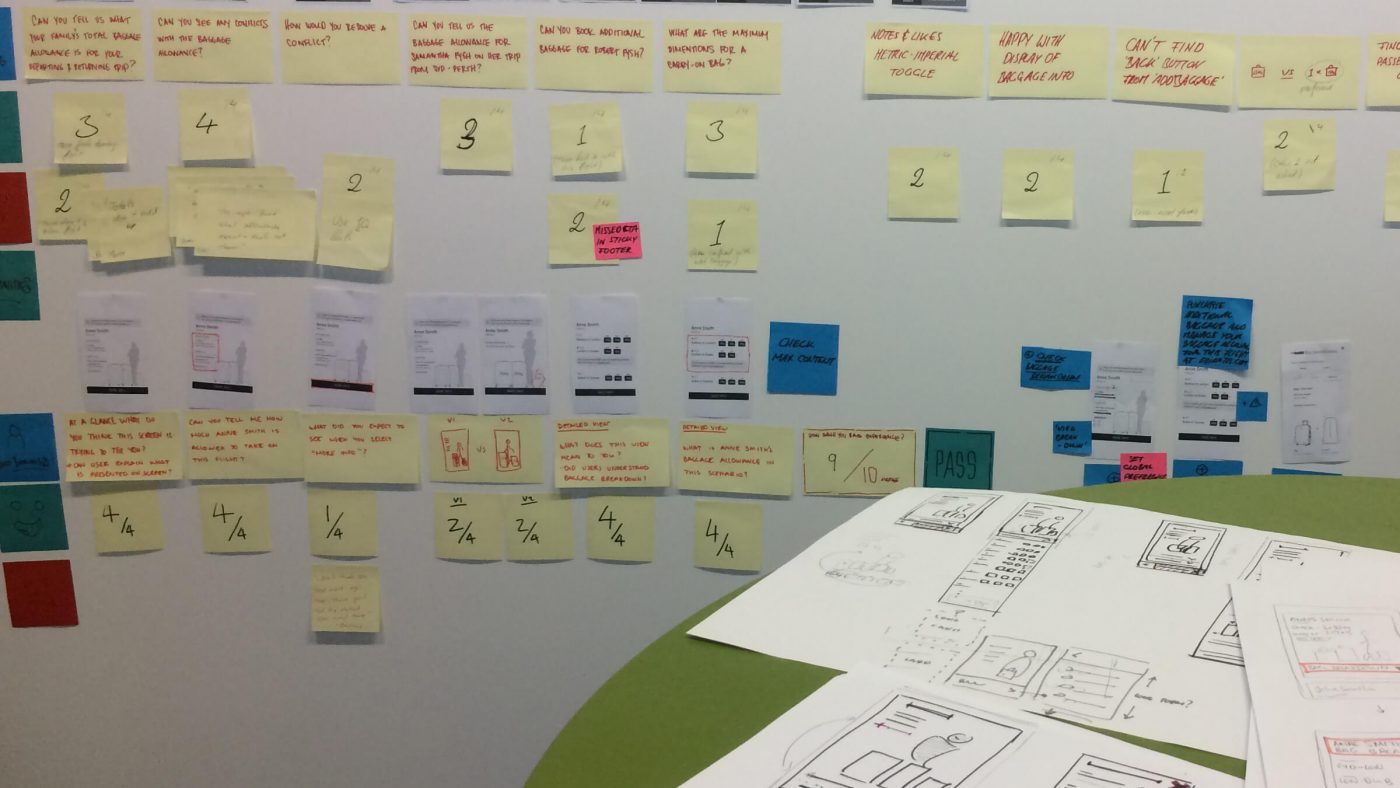
Data analysis
Analysing data before synthesising qualitative and quantitative research results to find trends.
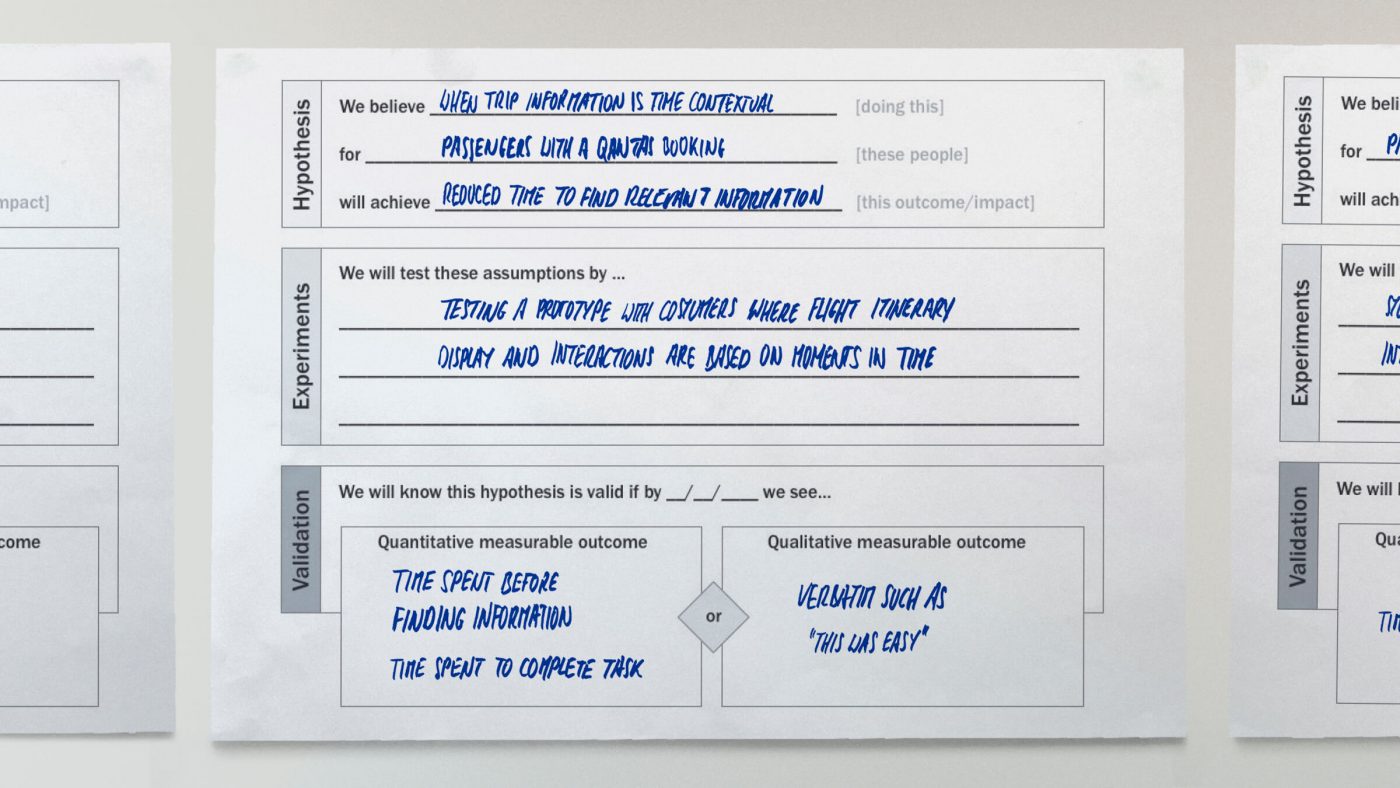
Constructing hypotheses
Construction and validation of propositions to explore potential solutions to problem statements.

Creation of user flows
Mapping out the path and individual interactions for a user to complete a certain task .

Ideation
Brainstorms, sketching sessions, Crazy 8’s, co-designing and other methods to generate many ideas to solve a problem.
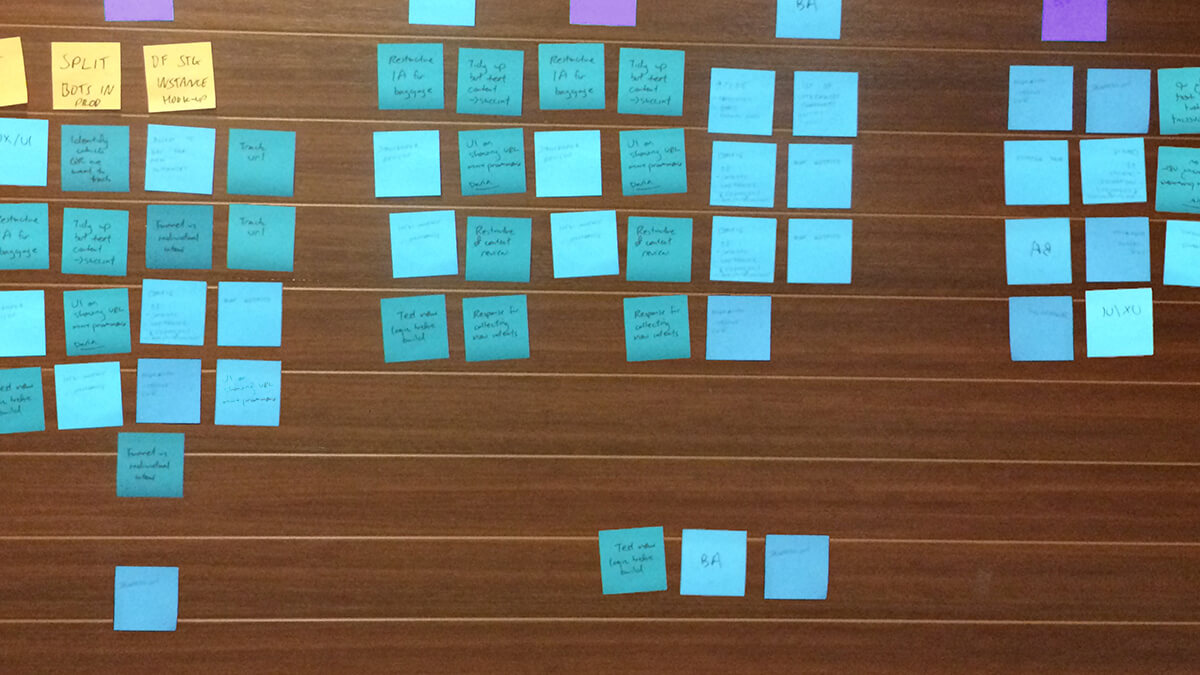
User story mapping
To outline a project framework, define MVP and backlog and explore the requirements of a project.
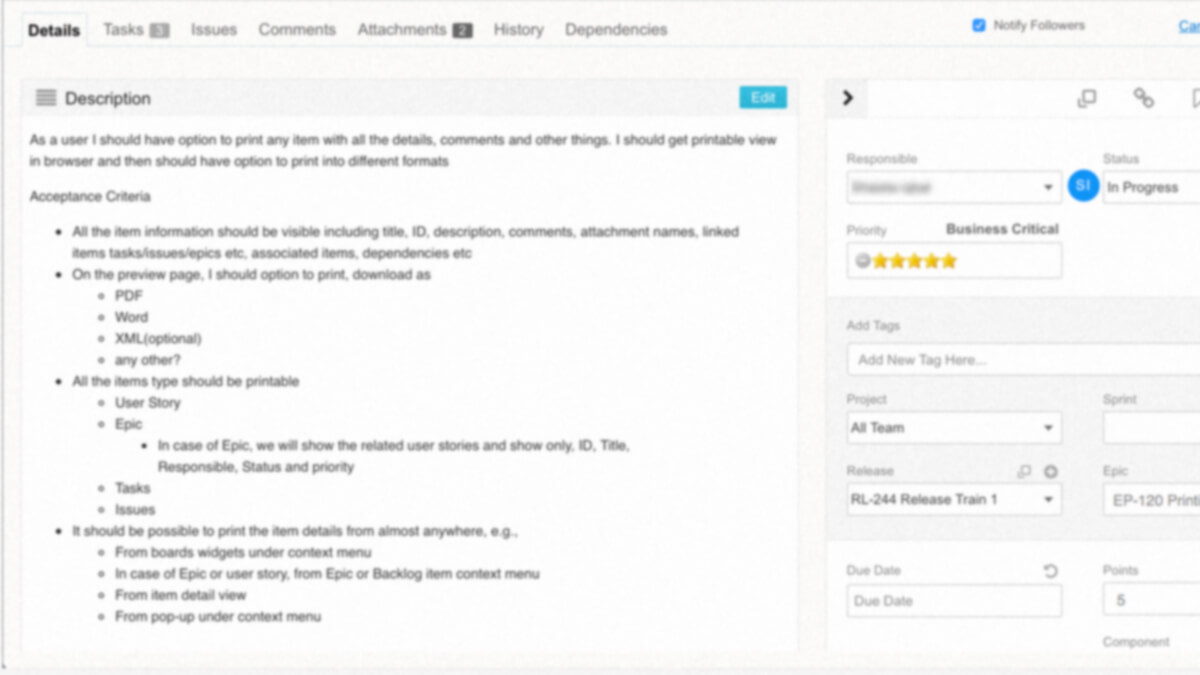
User story writing
Writing and refining user stories to make sure they are Specific, Measurable, Achievable, Relevant and Time-boxed.

Interaction and experience design
Understanding individual elements and how they interact to form a delightful and intuitive user experience.
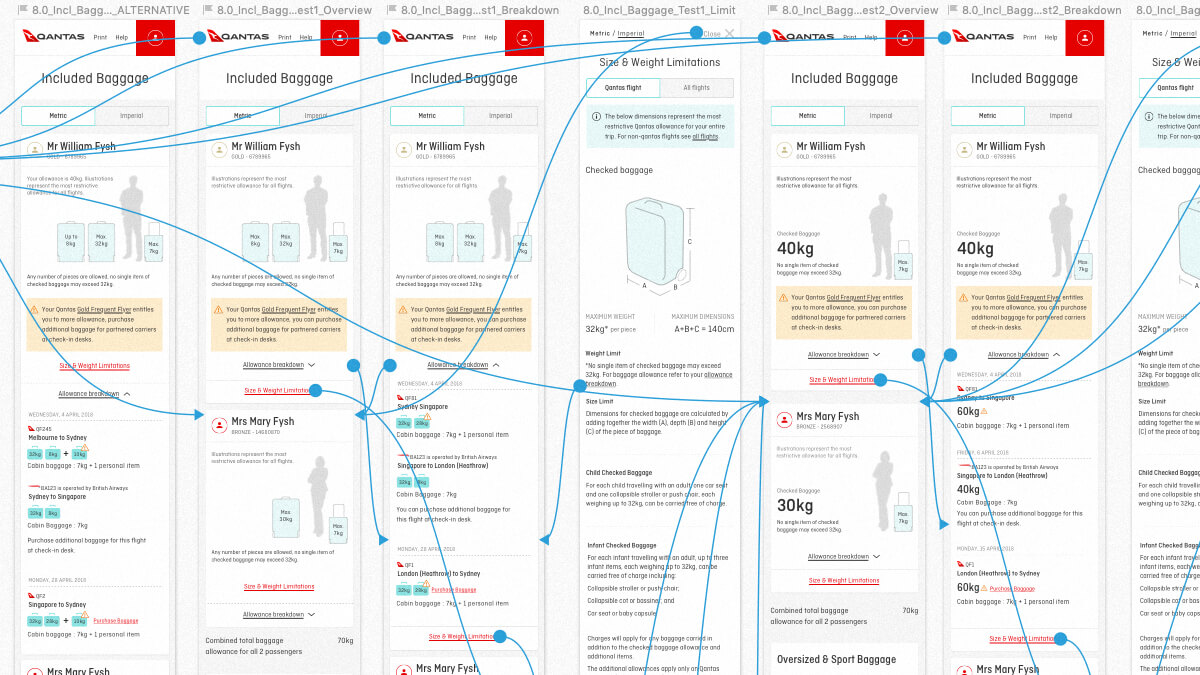
Wireframing and prototyping
Creating the blueprint for a system, product, flow or part thereof and functional mock-up to test its usability.
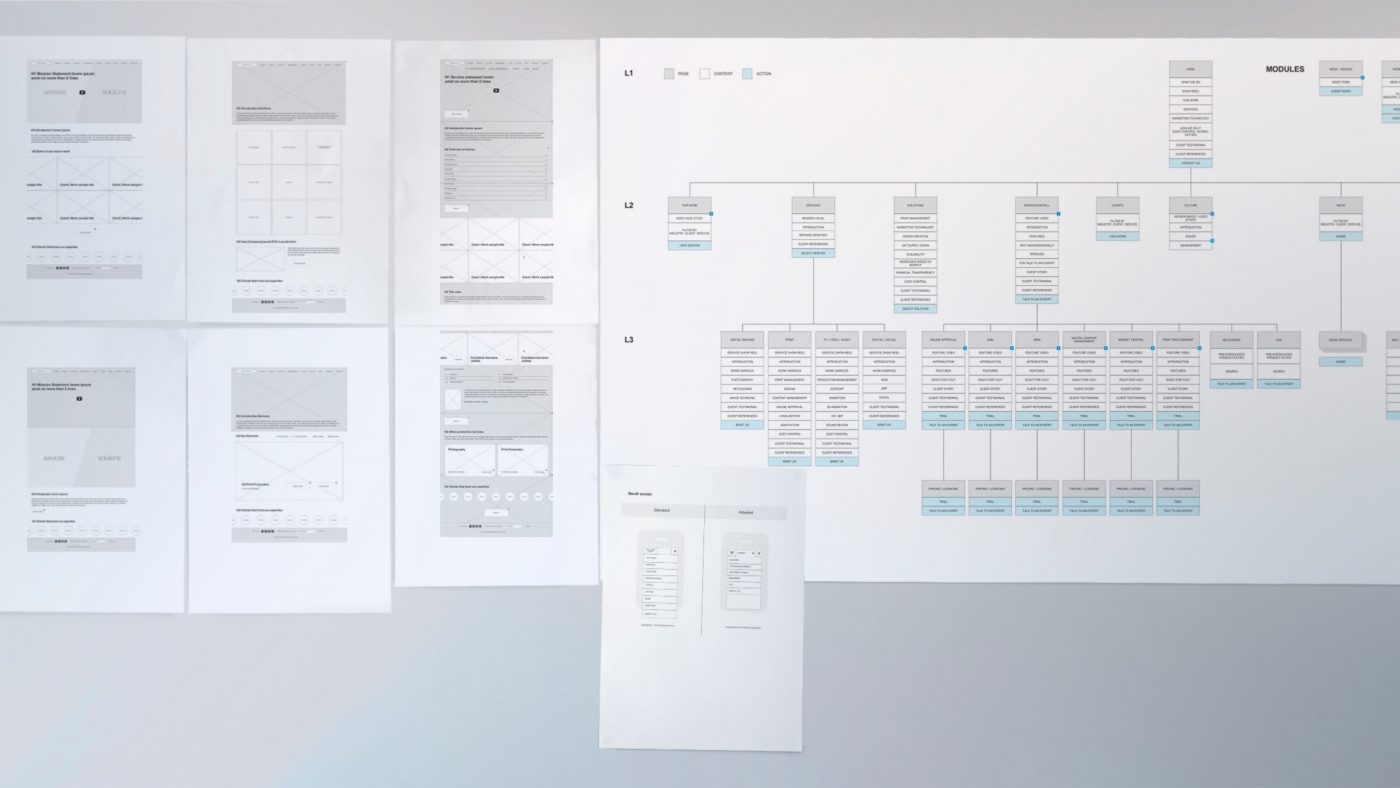
Information architecture
Structuring information across ecosystems, platforms and individual parts of a product.
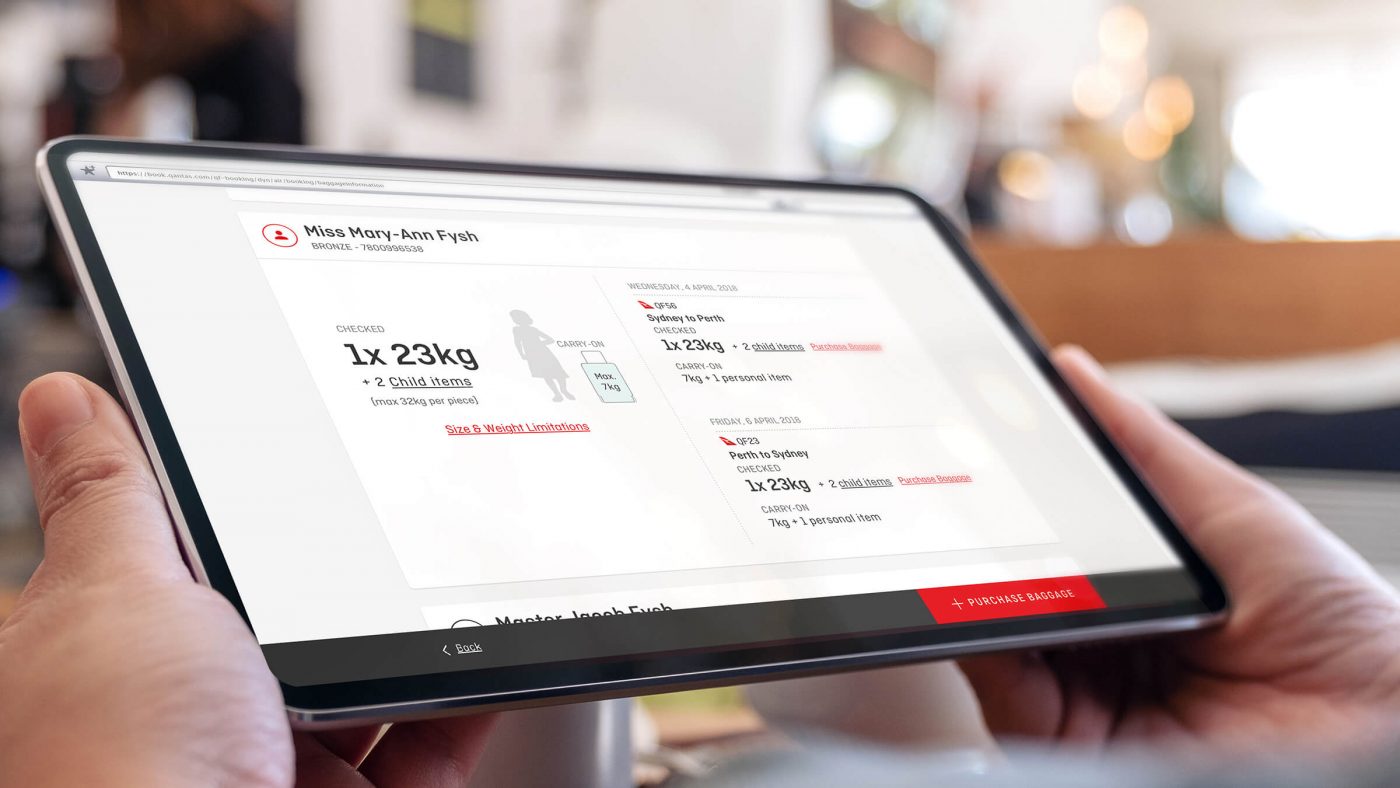
User interface design
The interface between man and machine is more than visual design and must be accessible.
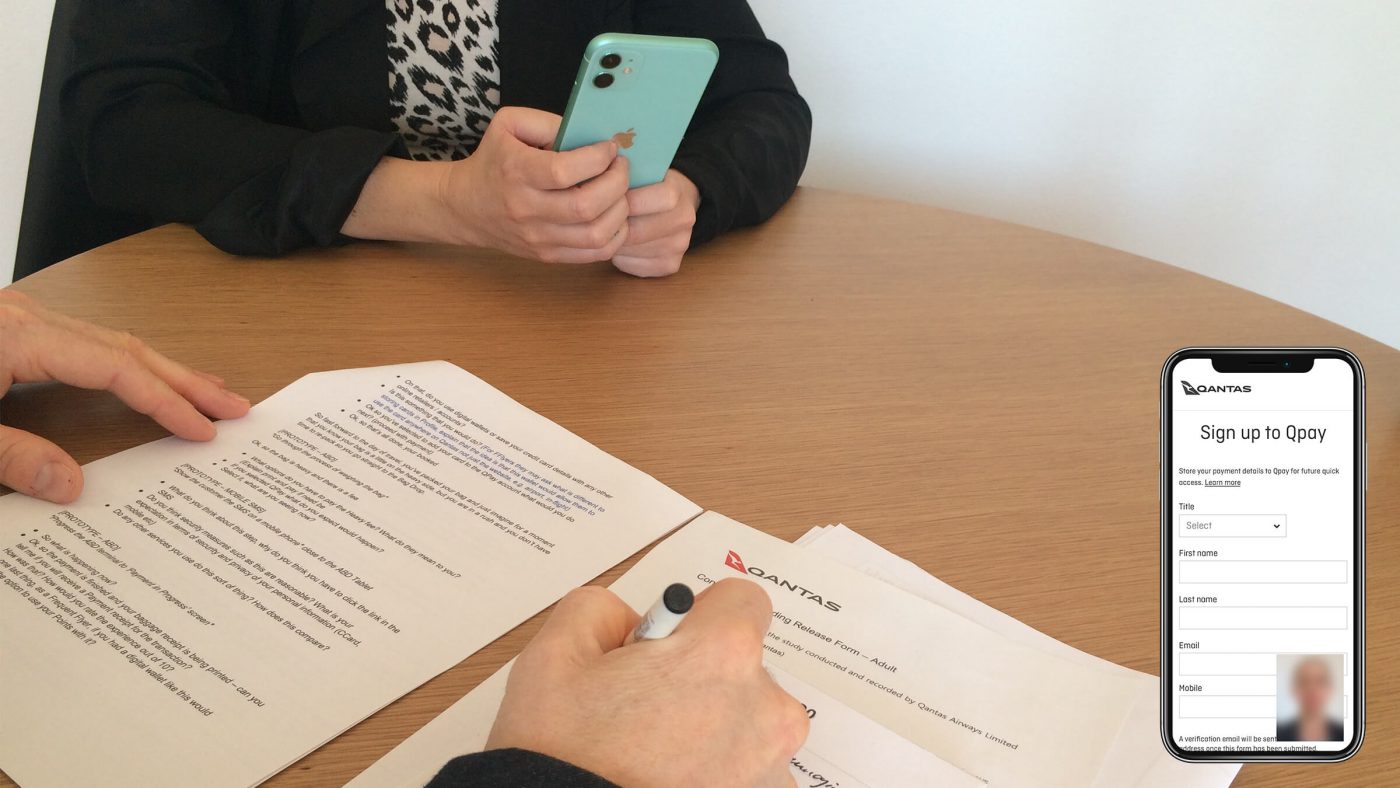
User and usability testing
Performed at multiple steps of the process to make sure the product is designed to users’ needs and easy to use.
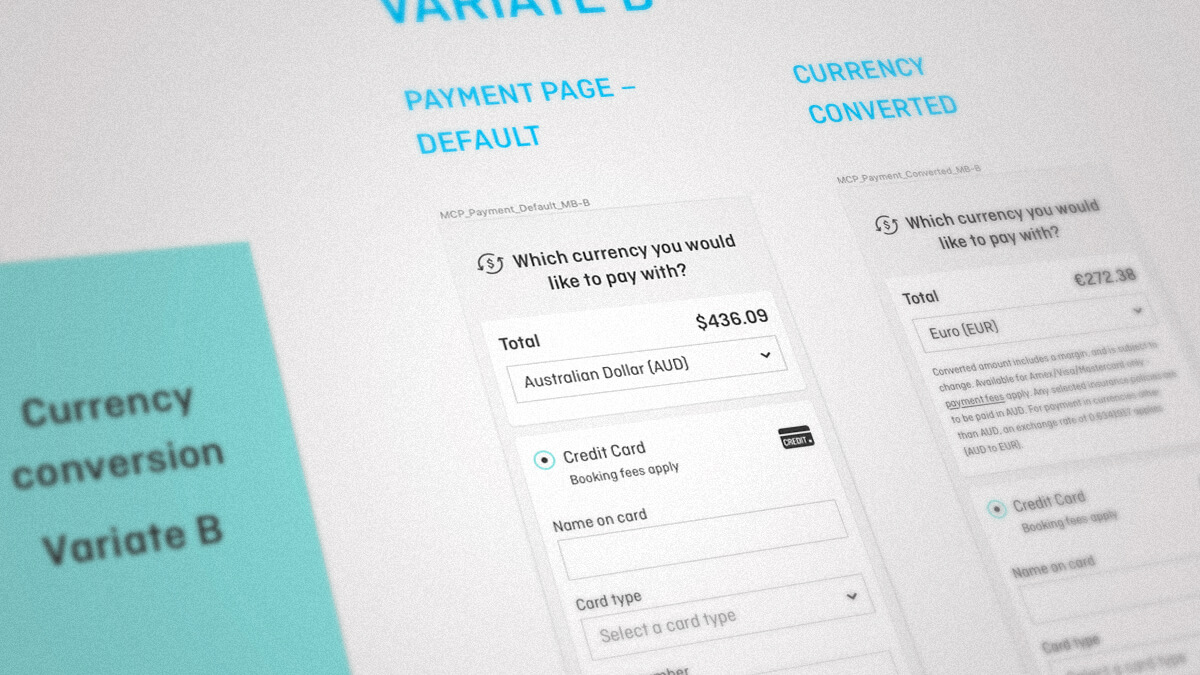
A/B and Multivariate testing
Improved performance through testing leading to reduced friction and increased conversion.